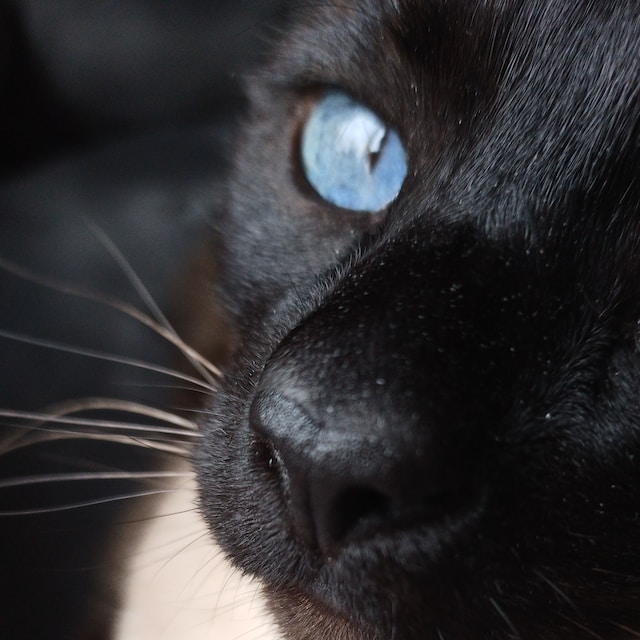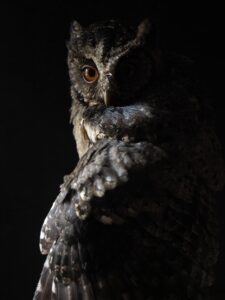
The History and Origins of Siamese Cats
Contents
- 1 Siamese were first brought to England in 1884.
- 2 The breed was popularized by a British artist named Harrison Weir, who helped create an association for cat fanciers.
- 3 One legend says that Siamese were bred in Cambodia, where royal families had them for centuries.
- 4 A British merchant named Captain Edwards brought four mated female cats and their kittens back to Britain from Thailand.
- 5 In 1885, a pair of Siamese cats sired four kittens in Boston, Massachusetts.
- 6 Early versions of the breed had squashed faces and massive bones.
- 7 Siamese cats have been around for thousands of years
- 8 Conclusion
Siamese cats are one of the most recognizable cat breeds in the world. They have distinctive markings and pointed faces, and they’re often portrayed as being aloof and standoffish. But how did this unique feline come to be? And what exactly is a Siamese cat? In this article, we’ll explore their origins, history, and everything you need to know about these tuxedoed felines!
Siamese were first brought to England in 1884.
The first Siamese cats were brought to England in 1884. They were a gift from the King of Siam (now Thailand) to his wife, who was living in London at the time. The four mated female cats and their kittens were transported in crates aboard Captain Edwards’ ship, which was bound for London via Singapore and Calcutta.
Captain Edwards had been given strict instructions by the King not to open any of the crates until they reached England; if he did so before then, it would be considered bad luck! But when one of his crewmembers sneaked into one of them during a stopover at Singapore, he found that two kittens had died during transit–and another one was missing its tail!
The breed was popularized by a British artist named Harrison Weir, who helped create an association for cat fanciers.
Harrison Weir was a British artist and member of the Cat Fancy Association. He helped popularize the Siamese breed by exhibiting them at shows, where they were met with great interest.
His involvement in cat breeding began when he purchased two kittens from a ship captain who had brought them back from Siam (modern-day Thailand), then known as Siam. The kittens were named Siam and Tonquin (also spelled Tawnee). They were both white at first, but later became blue-eyed bicolors with darker points–a characteristic still seen today among Siamese cats!
One legend says that Siamese were bred in Cambodia, where royal families had them for centuries.
One legend says that Siamese were bred in Cambodia, where royal families had them for centuries. According to the story, a prince was given a Siamese cat as a gift from an ambassador from Siam (modern-day Thailand). The cat became pregnant and gave birth to three kittens–two white ones and one seal point with blue eyes. The prince named this new breed “Siamese” after his homeland of Siam and began breeding them with other cats of various colors to create more variety within the breed.
The cats made their way back to Europe in 1884 when they were exhibited at London’s Crystal Palace Show under the name “Royal Cat of Siam.” At first they weren’t well received by judges because they lacked any type of breed standard; however, once people realized how unique these beautiful creatures were compared with other breeds at the show–and how friendly they were too!–they won over many admirers who wanted one for themselves!
A British merchant named Captain Edwards brought four mated female cats and their kittens back to Britain from Thailand.
A British merchant named Captain Edwards brought four mated female cats and their kittens back to Britain from Thailand. The cats were named Siam, Puss, Kat and Miaow.
Unfortunately for these Siamese cats, they were not very well received in England at first. People thought that these animals had bad temperaments because they were so loud and would hiss at people who came near them. However, it wasn’t long before the Siamese breed became popular among cat fanciers across Europe — especially after some breeders began selectively breeding them with other breeds such as Persians or Burmese in order to produce kittens with different colors of fur (black points).
In 1885, a pair of Siamese cats sired four kittens in Boston, Massachusetts.
In 1885, a pair of Siamese cats sired four kittens in Boston, Massachusetts. The father was named Siam and he was owned by Dr. Joseph B. Thacker who lived on Pearl Street. The mother was called Mee Tao, which means “dear one” in Thai (a language spoken in Thailand).
The kittens were born to Siam and Mee Tao on May 22nd. One kitten was black with blue eyes; another had white paws and a patch over one eye; another had white feet with brown spots on their ears; and finally there was Topsy who had dark brown fur with gold eyes (they turned blue as she grew older).
Dr. Thacker gave two of the kittens away: Topsy went to his friend Helen Smith while Eva stayed with him at his home office where she served as his secretary while waiting for Mr., Mrs., or Miss Right!
Early versions of the breed had squashed faces and massive bones.
While the modern Siamese cat is known for its distinctive markings and squashed face, early versions of the breed had squashed faces and massive bones.
The first Siamese cats were not as popular as their modern counterparts because they were considered too large to be lap cats and not recognized by any major cat organizations at that time. They also weren’t very attractive due to their elongated bodies, short legs, and thick coats.
In order to create a more attractive version of this breed that could compete with other breeds in shows like Westminster or Crufts Dog Show (a British dog competition), breeders began breeding them with other breeds like Persian cats which resulted in longer legs that made them look more streamlined than before as well as producing less dense coats so they wouldn’t feel heavy on people’s laps when sitting down next to one another
Siamese cats have been around for thousands of years
The Siamese cat was first brought to England in 1884 by Colonel Gordon, who had purchased four mated female cats and their kittens from a British merchant named Captain Edwards.
One legend says that Siamese were bred in Cambodia, but it’s more likely they originated in Thailand or Laos. The story goes that they were first used as temple guards because of their loyalty to humans–and because they were able to kill cobras with their teeth!
Conclusion
Now that you know the history of Siamese cats, it’s time to go out and find one for yourself! These beautiful animals have been around for thousands of years, and there are plenty of wonderful breeds to choose from. If you’re looking for something unique that will make your home feel like paradise then consider adopting one today.



Average Rating